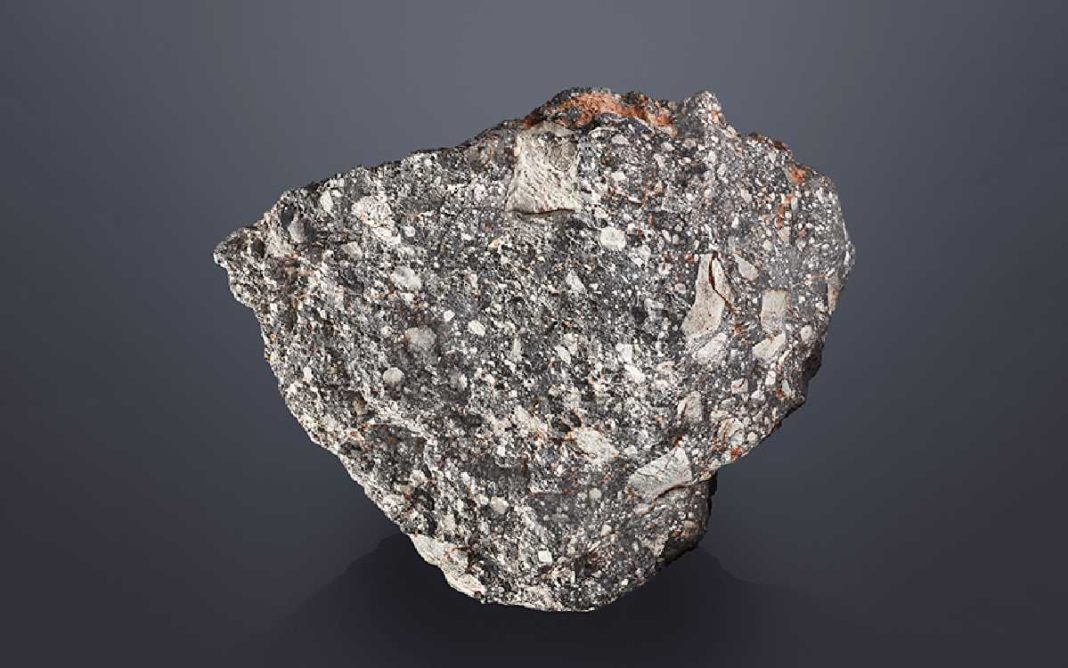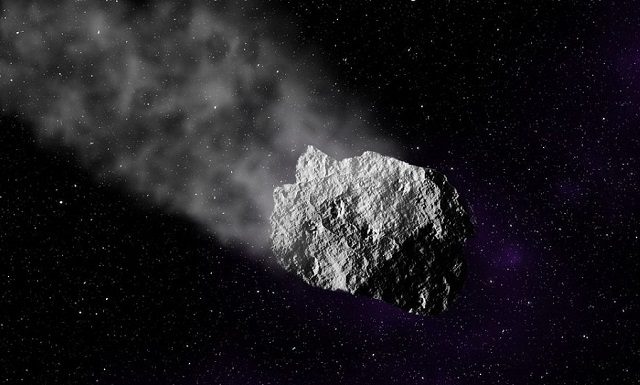This particular rock is one of the 30 lunar meteorites that landed on Earth hundreds or thousands of year ago when a comet or asteroid collided with our Moon and broke off some chunks of its surface.
Countless poets and lyricists have spoken about plucking the moon for their loved ones as a gesture of love. However, you can now literally get your hands on a piece of Moon but for that, you must have lots of money.
On April 30, 2020, the British auction house Christie’s — which is known to sell expensive one-of-a-kind items — announced to offer one of the world’s largest chunk of the moon for a private sale. The 13.5kg piece of rock, dubbed NWA 12691, is the fifth-largest lunar meteorite and Christie’s is selling it for £2 million that translates to $2.5 million or Rs 18.9 crores.
“The experience of holding a piece of another world in your hands is something you never forget. It is really an incredible opportunity to acquire a world-class specimen from the Moon,” James Hyslop, Christie’s Head of Science & Natural History said.
“I’ve been lucky enough to handle a few lunar meteorites at Christie’s over the years, but every time I see this specimen in the warehouse, the sheer size of it bowls me over. Weighing over 13.5kg, it is so much larger than anything else that has ever been offered before,” he added.
How did this piece of Moon come to Earth?
The NWA 12691 is not part of the moon rocks that NASA astronauts brought back during Apollo missions. Those specimens belong to the US government and stored at the Johnson Space Centre in Houston, Texas. Notably, the NWA 12691 is bigger than any single piece brought back by NASA.
This particular rock is one of the 30 lunar meteorites that landed on Earth hundreds or thousands of years ago when a comet or asteroid collided with our Moon and broke off some chunks of its surface, Hyslop said.
The NWA 12691 was found in 2018 by an anonymous researcher in the area around the borders of Western Sahara, Alegria, and Mauritania. After the specimen was identified as lunar rock, it was purchased for an undisclosed amount by Dr Lawrence Stifler— a private collector who owns at least five other such lunar pieces including the largest one that weighs 58 kgs.













![Hotstar Premium Cookies 2019 [*100% Working & Daily Updated*] Hotstar Premium Cookies 2019 [*100% Working & Daily Updated*]](https://tahav.com/wp-content/uploads/2019/11/Hotstar-Premium-Cookies-Free-100x70.jpg)



